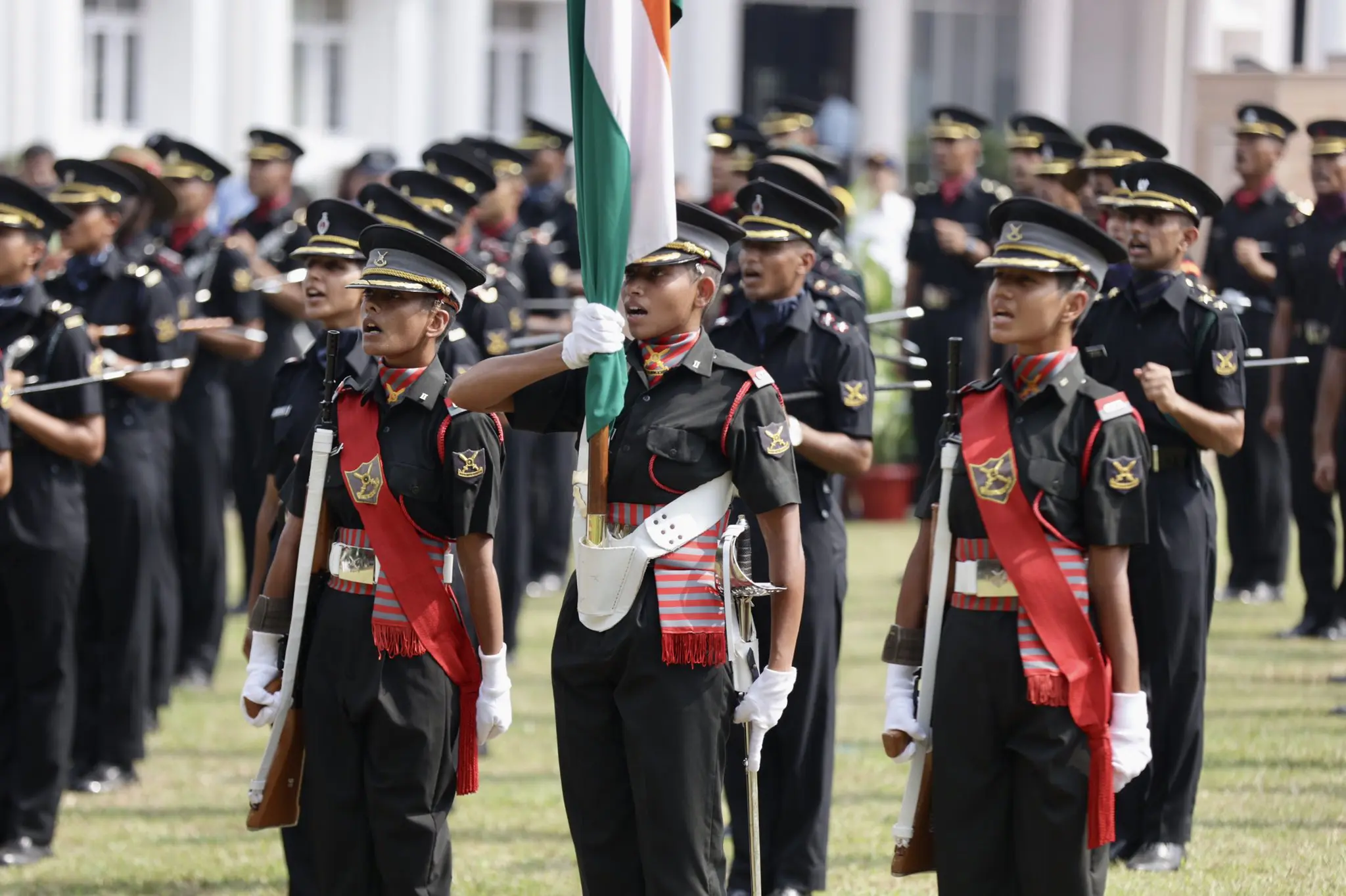
Eligibility Criteria
- For IMA: Unmarried male candidates between 19 to 24 years.
- For Indian Naval Academy: Unmarried male candidates between 19 to 22
- For Air Force Academy: Unmarried male candidates between – 19 to 23 years.
- For Officers’ Training Academy (SSC Course for Men): Male candidates (married or unmarried) – 19 to 25
For Officers Training Academy (SSC Women Non-Technical Course): Unmarried Women, issueless widows who have not remarried and issueless divorcees (in possession of divorce documents) who have not remarried are eligible. –19 to 25
Note: Male divorcee/widower candidates cannot be treated as unmarried male for the purpose of their admission in IMA/INA/AFA courses and accordingly they are not eligible for these courses.
Educational Qualification:
- For I.M.A. and Officers’ Training Academy: Degree of a recognized University or equivalent.
- For Indian Naval Academy: Degree in Engineering from a recognized university/institution.
For Air Force Academy: Degree of a recognized University (with Physics and Mathematics at 10+2 level) or Bachelor of
Note: Those candidates who are studying in the final years Degree course and have yet to pass the final year Degree examination are also eligible to apply.
How to Apply For CDS:
The CDS application is to be filled out in two stages: Part I & II. The candidates are expected to complete the basic details in Part I of the registration. Later, the applicants must pay the application fees, choose the exam centre, upload photographs, signature, photo identity card document and declaration in Part 2.
Part 1:
- Check out the official upsc.gov.in website.
- To register for the CDS test, click on the Part-I link
- To apply online for CDS, enter personal information, address, and educational qualifications
- Applicants will need to choose their preferred branch
- Prior to submitting the registration form, check the data
- The registration ID will be produced upon effective registration.
Part 2:
To fill out the information in Part-II of the CDS application form, candidates have to login with their generated registration ID. The exam fee charged can be paid by the applicants via cash/credit card/debit card or net banking.
Selection Procedure:
- SCHEME OF EXAMINATION
- The Competitive examination comprises:
(a) Written examination
(b) Interview for intelligence and personality test.
The subjects of the written examination, the time allowed and the maximum marks allotted to each subject will be as follows:
(a) For Admission to Indian Military Academy, Indian Naval Academy and Air Force Academy: —
| Subject | Duration | Maximum Marks |
|---|---|---|
| English | 2 hours | 100 |
| General Knowledge | 2 hours | 100 |
| Elementary Mathematics | 2 hours | 100 |
(b) For Admission to Officers’ Training Academy: —
| Subject | Duration | Maximum Marks |
|---|---|---|
| English | 2 hours | 100 |
| General Knowledge | 2 hours | 100 |
However, for each course, the maximum marks assigned to the written examination and the interviews will be equivalent, i.e. the maximum marks assigned to the written examination and the interviews will be 300, 300, 300 and 200 respectively for admission to the Indian Military Academy, the Indian Naval Academy, the Air Force Academy and the Officers’ Training Academy.
Intelligence and Personality Test:
The SSB protocol consists of stage I and stage II selection processes. Only those candidates who cleared the stage I are eligible to reach the next stage II. The particulars are as follows:
(a) The stage I comprises of Officer Intelligence Rating (OIR) tests and includes Picture Perception* Description Test (PP&DT). The applicants will be shortlisted on the basis of a ratio of the OIR Test performance and PP&DT.
(b) Then comes the stage II in which Interview elements, Duties of the Group Testing Officer, Psychology Assessments and Conference are analysed. Over 4 days, these tests are conducted.

